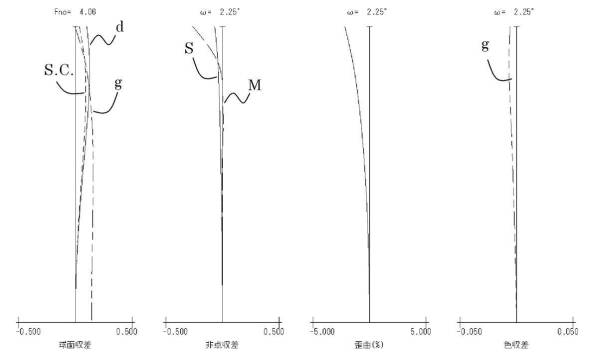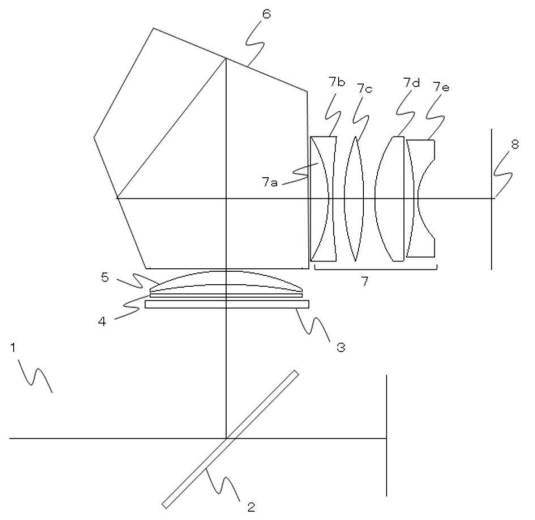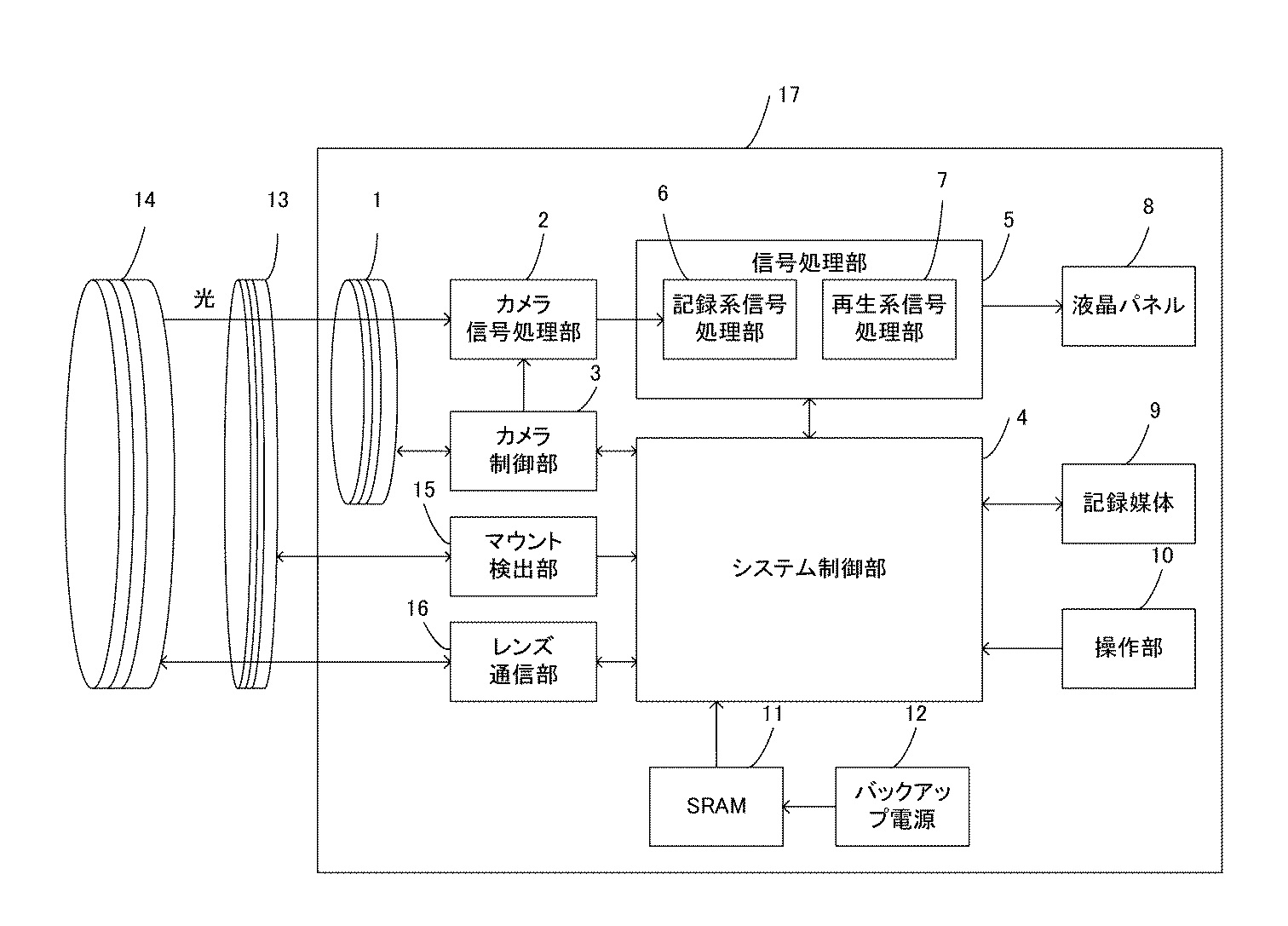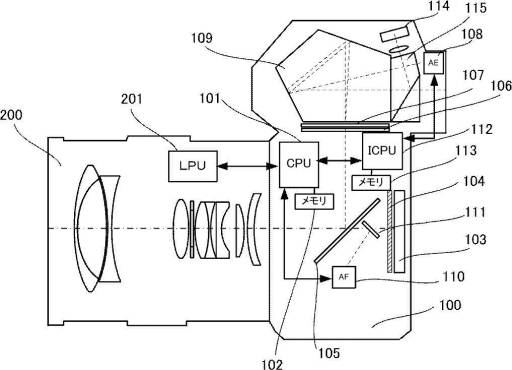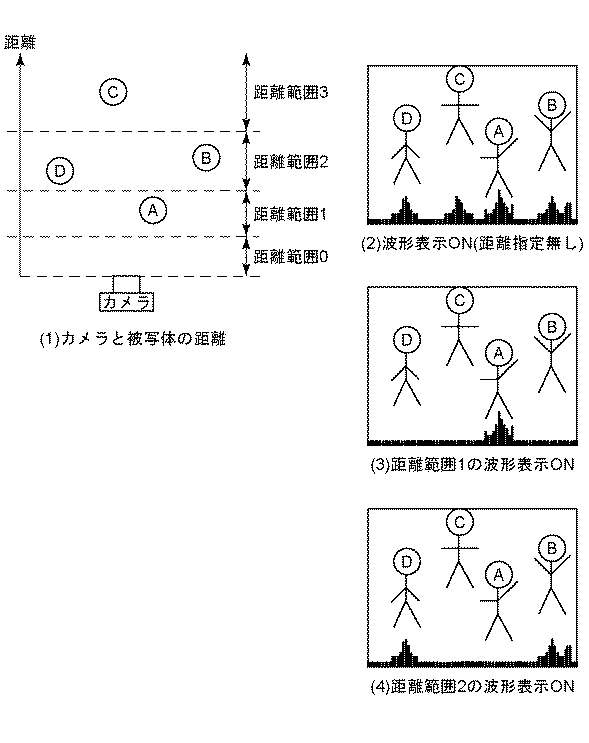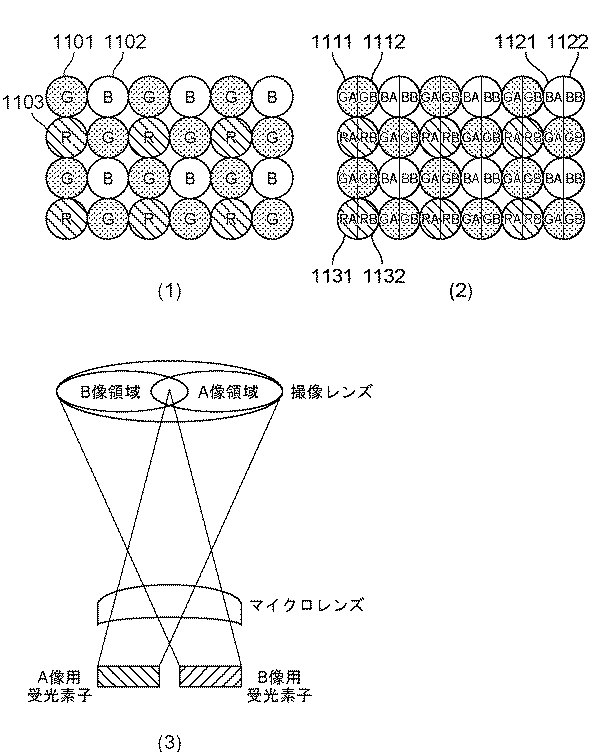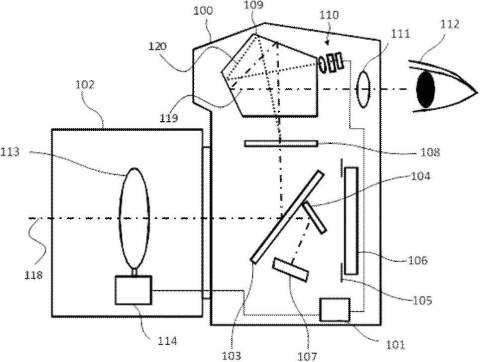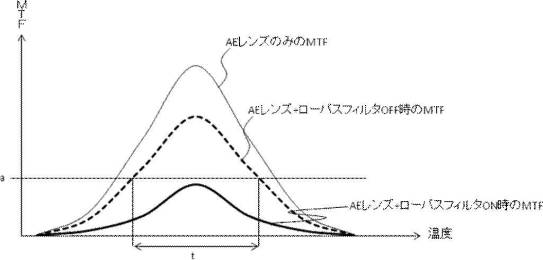Canon patent for 400mm f/2.8L IS lens with built-in extender
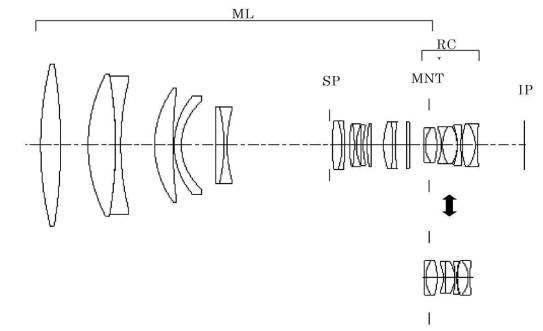
Canon’s labs are working without interruption. Here we have a Canon patent for a 400mm f/2.8L IS lens with built-in extender.
- Patent publication number 2016-191761
- Release date 2016.11.10
- Application date 2015.3.31
- Main lens
- Focal distance 392.57
- F number 2.90
- Field of View 3.15
- Image height 21.64
- Lens total length 371.15
- BF 44.00
- Example 1
- First state magnification 1.40
- Second state magnification 1.70
Excerpt from the patent literature:
[Claim(s)] [Claim 1] In a rear converter lens expandable to a long focal length by equipping the image surface side of a main lens,Magnification can be changed by switching some or all of the rear converter lens,
Magnification of the n-th state of a rear converter lens from an installing surface which guarantees mechanically a relative position on an optic axis of beta_n, a rear converter lens, and a main lens, When average value of Sk_n and Sk_n of each state is made into Sk_ave for distance to a paraxial image surface position of the n-th state when a main lens is equipped with a rear converter lens
| (Sk_n-Sk_ave) x beta_n | < 0.10
A satisfied rear converter lens.
[Claim 2] When a focal distance of a rear converter lens of f_max and a minimum magnification state is made into f_min for a focal distance of a rear converter lens of a maximum magnification state of the aforementioned rear converter lens
1.5 < |f_min/f_max| < 10.0
The satisfied rear converter lens according to claim 1.
[Claim 3] When a forward side principal point position of ho_max and a minimum magnification state is made into ho_min for a forward side principal point position of a maximum magnification state of the aforementioned rear converter lens
0.05 (ho_max -ho_min) < /root(f_max^2+f_min^2) < 0.28
The satisfied rear converter lens according to claim 1.
[Claim 4] The rear converter lens according to claim 1 in which the aforementioned rear converter lens is characterized by some or all of a rear converter lens changing to optical axis direction and vertical direction at the time of magnification change.
[Claim 5] The rear converter lens according to claim 1, wherein the aforementioned rear converter lens has the 1st lens group Lfix of fixing at the time of magnification change in order, and the 2nd switchable lens group Lex from the object side.
[Claim 6] When a focal distance of a change group of fex_max and a minimum magnification state is made into fex_min for a focal distance of a change group of a maximum magnification state of the aforementioned rear converter lens
1.1 < |fex_min/fex_max| < 5.0
The satisfied rear converter lens according to claim 5.
[Claim 7] A focal distance of the n-th lens of a change group of a maximum magnification state of the aforementioned rear converter lens, a refractive index of d line, and magnification, respectively f_max_n, When a focal distance of the n-th lens of a change group of nd_max_n, betamax, and a minimum magnification state, a refractive index of d line, and magnification are set to f_min_n, nd_min_n, and betamin, respectively
-(sigma(1/(nd_min_nxf_min_n))/ sigma(1/(nd_max_nxf_max_n))-1) 0.7 < *(beta min/beta max) < 0.7
The satisfied rear converter lens according to claim 5.
[Claim 8] A focal distance of the n-th lens of a change group of a maximum magnification state of the aforementioned rear converter lens, an Abbe number of d line, and magnification, respectively f_max_n, When a focal distance of the n-th lens of a change group of vd_max_n, betamax, and a minimum magnification state, an Abbe number of d line, and magnification are set to f_min_n, vd_min_n, and betamin, respectively
-(sigma(1/(vd_min_nxf_min_n))/ sigma(1/(vd_max_nxf_max_n))-1) 0.7 < * (beta min/beta max) < 0.7
The satisfied rear converter lens according to claim 5.
[Claim 9] From an installing surface guaranteed mechanically, a relative position on an optic axis of the aforementioned rear converter lens and a main lens, Most average value of Dex_n of each state when distance to a point on an optic axis of a surface on the object side is made into Dex_n of the n-th status-switching group of the aforementioned rear converter lens Dex_ave, When average value of Sk_n of each state when distance from an installing surface which guarantees mechanically a relative position on an optic axis of the aforementioned rear converter lens and a main lens to a paraxial image surface position of the n-th state when a main lens is equipped with a rear converter lens is made into Sk_n is made into Sk_ave
0.08 < Dex_ave/Sk_ave < 0.40
The satisfied rear converter lens according to claim 4 or 5.
[Claim 10] From an installing surface guaranteed mechanically, a relative position on an optic axis of the aforementioned rear converter lens and a main lens, Most distance of a fixing group of the aforementioned rear converter lens which it is to a point on an optic axis of a surface on the object side Dfix, When average value of Sk_n of each state when distance from an installing surface which guarantees mechanically a relative position on an optic axis of the aforementioned rear converter lens and a main lens to a paraxial image surface position of the n-th state when a main lens is equipped with a rear converter lens is made into Sk_n is made into Sk_ave
-0.20 < Dfix/Sk_ave < 0.00
The satisfied rear converter lens according to claim 4 or 5.
[Claim 11] The rear converter lens according to claim 5, wherein the aforementioned rear converter lens has an aspheric surface in the 1st lens group of fixing to the time of magnification change.
